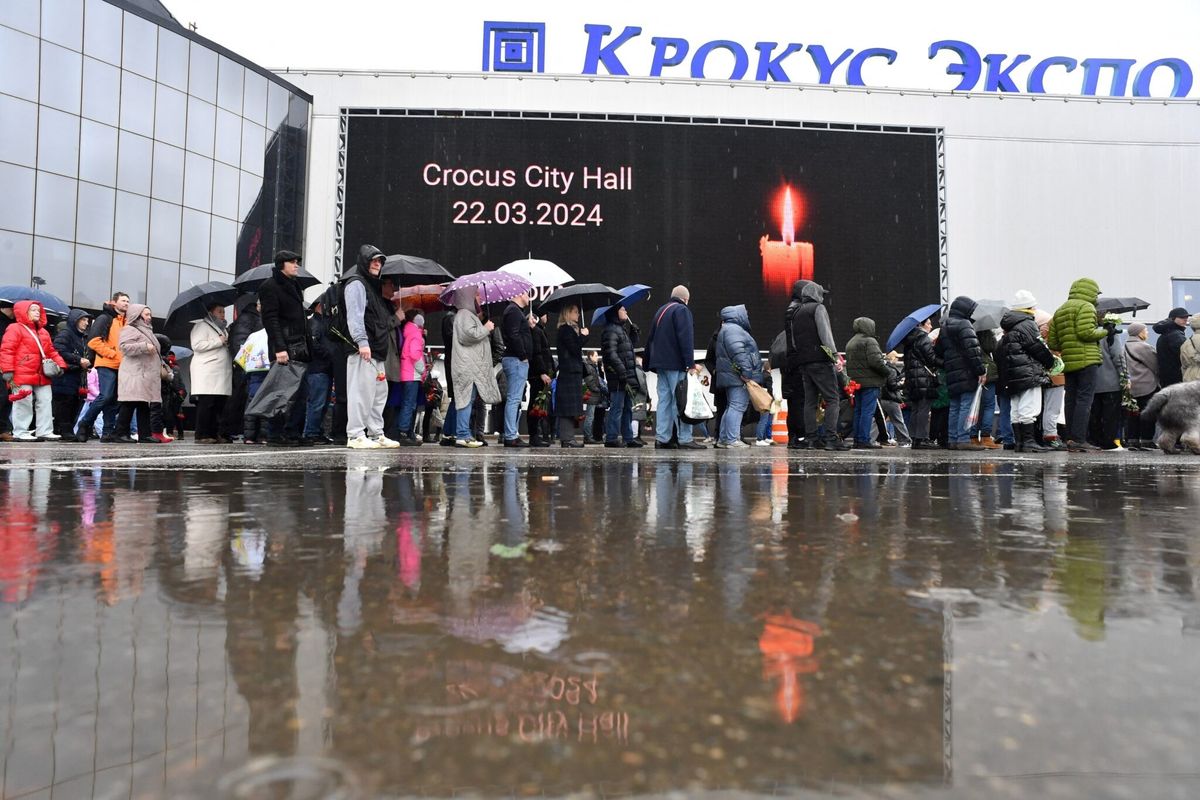In what many expect to be the final national security speech of his presidency, U.S. President Barack Obama reflected on U.S. counterterrorism achievements during his two terms as Commander-in-Chief, saying “We should take great pride in the progress that we’ve made over the last eight years.”
“No foreign terrorist organization has successfully planned and executed an attack on our homeland,” the President declared at MacDill Air Force Base in Tampa, Florida on Tuesday. “And it’s not because they didn't try. Plots have been disrupted. Terrorists have been taken off the battlefield.”
True, the U.S security community has worked tirelessly to ensure that another 9/11 attack does not occur on U.S. soil, and thus far such dedication has proven successful. “That is a major achievement that reflects an extraordinary investment of people and money in counterterrorism over the past 15 years,” explains Matthew Olsen, Cipher Brief expert and former Director of the National Counterterrorism Center.
However, when it comes to combatting terrorist organizations on an international scale, the progress that President Obama has hailed is much less clear. Several key terrorist leaders, including Osama bin Laden, have been eliminated, and the Obama administration has repeatedly affirmed that al Qaeda, and particularly al Qaeda's core in South Asia, is “a shadow of its former self” and is on the verge of “strategic defeat.” But terrorism experts remain skeptical about such assessments.
“The Obama administration’s evaluation of the decline of al Qaeda’s core was, in my judgment, not correct,” explains Daveed Gartenstein-Ross, Cipher Brief expert and Senior Fellow at the Foundation for Defense of Democracies.
“It clearly has been damaged,” continues Gartenstein-Ross, “but the broader question is how much did this damage weaken it overall? Al Qaeda’s core leadership is meant to be resilient in the face of attrition…I’m skeptical that it was weakened as much as popular conception holds.”
Furthermore, terrorism expert Bruce Hoffman points out, the al Qaeda network has actually expanded under President Obama’s watch and is now “present in about three times as many places as it was in 2008,” the year Obama was first elected.
The President acknowledged al Qaeda’s broadening geographical presence on Tuesday, stating, “Even as al Qaeda has been decimated in Afghanistan and Pakistan, the threat from terrorists metastasized in other parts of the Middle East and North Africa. And most dangerously, we saw the emergence of ISIL, the successor to al Qaeda in Iraq, which fights as both a terrorist network and an insurgency.”
Analysts also question the Obama Administration’s initial approach to the Islamic State (ISIS), a group that the President infamously referred to as a “jayvee team” in January 2014. A mere six months after the oft-referenced quote, ISIS had cemented its status as a powerful terrorist movement by taking control of Mosul - Iraq’s second largest city – overtaking a significant number of Iraqi forces, and declaring a caliphate across the territory it occupied in Syria and Iraq.
Since then, the Obama Administration has focused its attention on beating ISIS back, pummeling the group with more than 16,000 airstrikes and working with allies and partners in the region to root ISIS out from its bases in Syria and Iraq.
“The results are clear,” stated President Obama. “ISIL has lost more than half its territory. ISIL has lost control of major population centers. Its morale is plummeting. Its recruitment is drying up. Its commanders and external plotters are being taken out, and local populations are turning against it.”
Nonetheless, despite a concentrated campaign headed by the U.S. to destroy ISIS, the group continues to hold swaths of territory across Syria and Iraq, has felt little pressure on its Syrian capital of Raqqa, and continues to disseminate propaganda that has been utilized as motivation for lone-wolf attacks.
In essence, both al Qaeda and ISIS are far from defeated.
“Even if there have been significant tactical achievements in keeping both these groups off-balance and making it more difficult for them to attack in the U.S.,” Hoffman says, “we’re nonetheless still facing serious terrorist challenges in the future.”
There is also the continuing problem of individuals here in the U.S. self-radicalizing and carrying out lone-wolf attacks. The 2013 Boston Marathon bombing, the shootings in San Bernardino and Orlando, and even the recent attack at Ohio State University are tragic reminders that such threats are not going away anytime soon.
So overall, how should we define President Obama’s counterterrorism legacy?
“The Obama Administration was given a hard task,” says Gartenstein-Ross. “I don’t think they did a great job, but the community of experts outside of government have been under-critical these past few years. That’s unfortunate.”
According to Hoffman, part of the difficulty in grading President Obama’s counterterrorism legacy resonates from the Administration’s failure to clearly differentiate between tactics and strategy.
“What I have often observed is that we are confusing a tactic (high value leadership targeting) with a comprehensive counterterrorism strategy – and they are not the same,” explains Hoffman. “What is required today is a more comprehensive, more systemic and aggressive counterterrorism strategy.”
The problem now rests with the incoming Commander in Chief, and President Obama pulled no punches in comments clearly aimed at President-elect Trump.
“Rather than offer false promises that we can eliminate terrorism by dropping more bombs, or deploying more and more troops, or fencing ourselves off from the rest of the world, we have to take a long view of the terrorist threat, and we have to pursue a smart strategy that can be sustained,” Obama stated.
Bennett Seftel is deputy director of editorial at The Cipher Brief. Follow him on Twitter @BennettSeftel.













